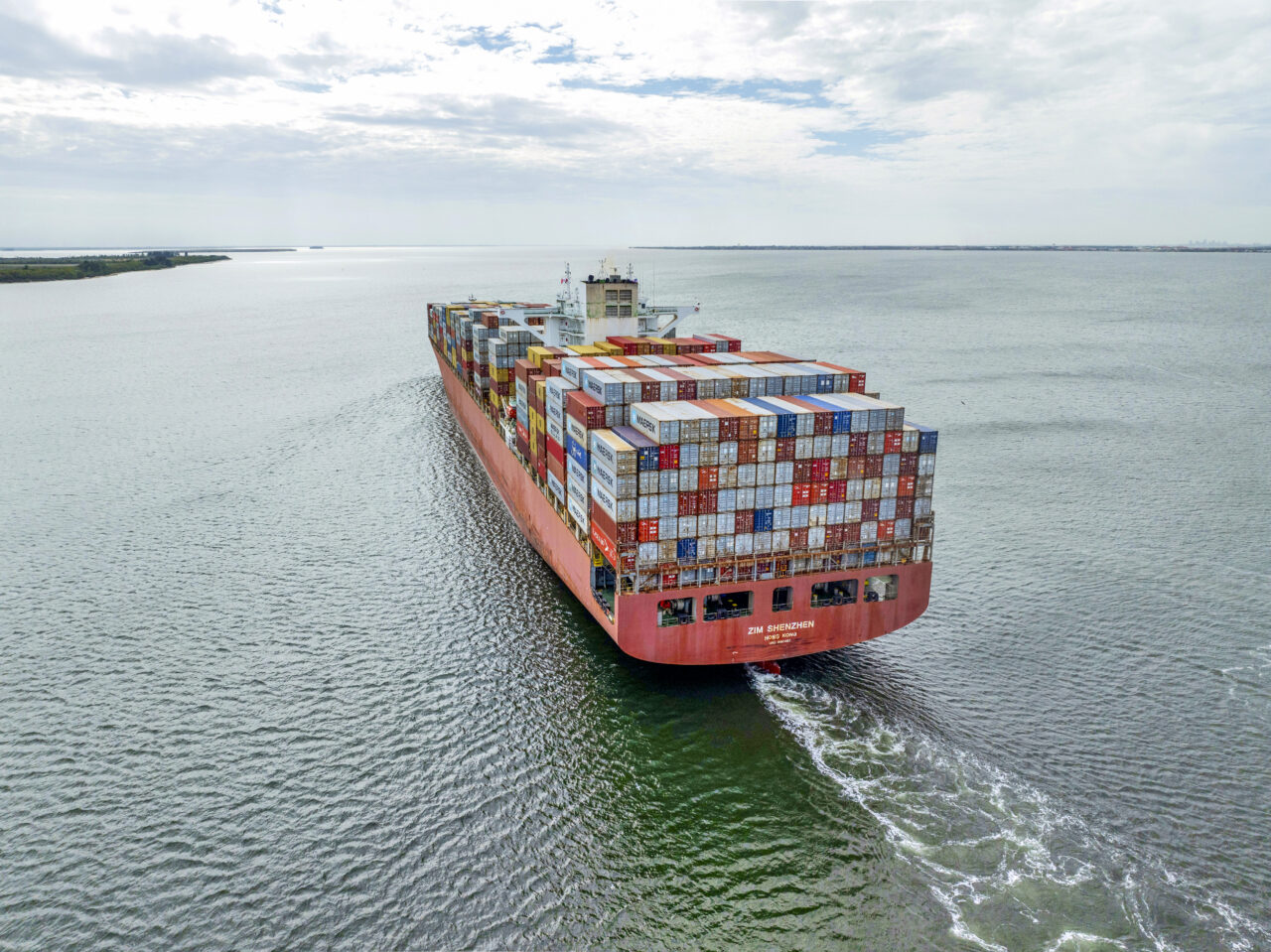
 The great consumer shift to online shopping is here to stay, and Florida’s system of seaports is proud to play a leading role in ensuring that when you shop, it ships.
The great consumer shift to online shopping is here to stay, and Florida’s system of seaports is proud to play a leading role in ensuring that when you shop, it ships.
When California’s inefficient seaports were backlogged and threatening to be the Grinch that stole Christmas, it was Florida’s system of seaports that came to the rescue by encouraging shipping lines to change lanes and set sail for the Sunshine State.
Our success was almost immediate, as new global ocean carrier services began calling on our reliable, resilient and ready seaports. As a result, Florida’s system of seaports set a record high of 112.5 million tons of cargo received during 2022, a 6% increase over the previous year.
Those successes continue today, and Florida’s economy has been the benefactor. Our 16 ports support 900,000 direct and indirect jobs, resulting in $117.6 billion in economic impact. That’s 13% of Florida’s GDP.
While these efforts propelled Florida to its rightful position on the international trade hub stage, it also garnered increasing competition from neighboring states and their attempts to encroach on our success.
Texas Gov. Greg Abbott recently approved a historic $200 million for 31 different seaport projects, that’s more than Florida’s typical $135-$149 million annually for about 14 port infrastructure projects. Georgia, by far Florida’s closest and fiercest competitor, is expanding its Brunswick port facility in an attempt to become the largest hub for automobile imports. This is a very direct threat to Florida’s largest automobile-importing seaport.
Thanks to past investments in our seaports, Florida’s ports were ready to handle the largest of ships and the cargo they carried when America needed us most.
But international trade is highly competitive, and Florida faces an important decision — we either continue to make significant investments to allow Florida to seize the growing global trade opportunity, or we allow it to pass us by for states like California, Texas, Georgia and others on the Eastern Seaboard, including New York and New Jersey.
Bold investments will help ensure Florida’s system of seaports can further strengthen its position on the global trade stage, and ensure our state’s facilities remain attractive for East-West, North-South trade. Investments that will shore up dock rehabilitation, increase port capacity, support cargo container handling cranes, improve connectivity, relieve congestion, and more.
Now is the time to “seas the opportunities” to confirm that Florida’s seaports are America’s supply chain solution.
___
Mike Rubin is president & CEO of the Florida Ports Council.



